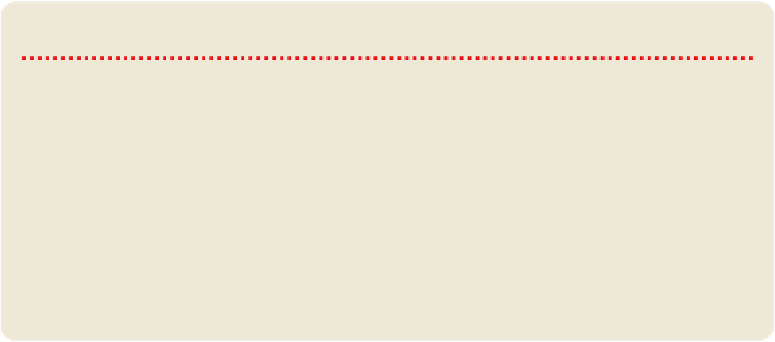Travel Reference
In-Depth Information
ART SPACES & GALLERIES
2517 4620;
www.para-site.org.hk/pre.htm
;
4 Po Yan St; noon-7pm Wed-Sun), the
most consistent and promising of the local artists' cooperatives;
Fotan Art Studios
(
www.fotanian.com
)
, a labyrinth of artists' lofts in vacated factory buildings set
against the rolling hills of Fo Tan; the nine-storey
Jockey Club Creative Arts Centre
,
which was converted from an industrial building and houses artists' studios; and
Cattle Depot Artist Village
,
a one-time slaughterhouse that is home to a colony of loc-
al artists. The best time to visit Fotan Art Studios and the JCCAC is during their open
studios (see their websites for the dates).
Admission is free to almost all commercial galleries in Hong Kong.
Roots
In general, Chinese painters of the past were interested in traditional forms and painting pro-
cesses - not necessarily composition and colour. Brush strokes and the utensils used to pro-
duce them are of vital importance and interest. In traditional Chinese art, change for the sake
of change was never the philosophy or the trend; Chinese artists would compare their work
with that of the master and judge it accordingly.
The influential Lingnan School of Painting, founded by the watercolourist Chao Shao-an
(1905-98) in the 1930s and relocated to Hong Kong in 1948, attempted to move away from
this tradition. It combined traditional Chinese, Japanese and Western artistic methods to pro-
duce a rather decorative style, and dominated the small art market in Hong Kong for the
next two decades.
The most distinct group of painters and sculptors to appear in Hong Kong were the pro-
ponents of the New Ink Painting movement who came to prominence in the late 1960s.
Most had strong links to China or its cultural heritage. The movement aimed at reconciling
Chinese and Western ideas by steering traditional Chinese ink painting towards abstract ex-
pressionism. Lui Shou-kwan (1919-75), who arrived in Hong Kong in 1948, was the earli-
est and the best known of the New Ink Painting artists. Lui worked for the Yau Ma Tei ferry
as a pier inspector and taught in his spare time. Speaking no English, his only experience of
the West was through pictures and books borrowed from the British Council library. Many
of the artists who became associated with the movement were his students.
The only major artist to break free of the dominant style of the era was Luis Chan
(1905-95). Born in Panama, Chan came to Hong Kong at the age of five, where he learnt to



